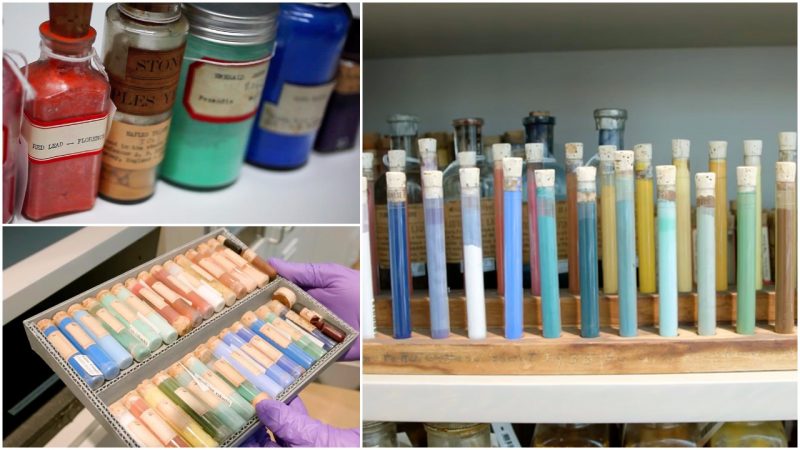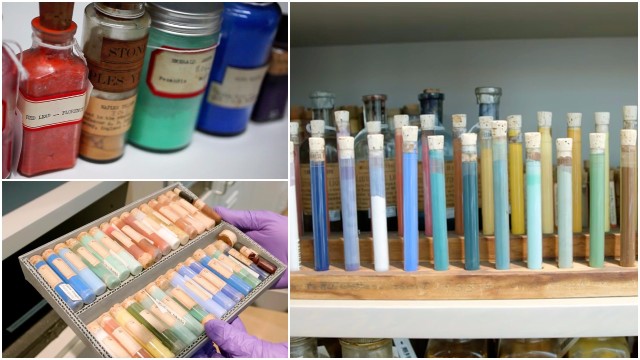
Colors are what makes the world we know thrilling, inspiring and beautiful. Every true fan of colors, who instead of shades see emotions and energies, should take a stroll in a special place that most likely can be described as the vault of colors of the world. In the Straus Center for Conservation and Technical Studies at the Harvard Art Museum a rainbow of tiny glass jars, varying from ancient Egyptian blue to purple assembled from the ocean floors makes the Forbes’ Pigment Collection of 2,500 samples of pigments gathered from different corners of the world. The best part?- You can visit it! Recently renovated, curious visitors hungry for colors are able to watch the conservators at work in the labs painstakingly using dozens of colors in order to restore artwork.
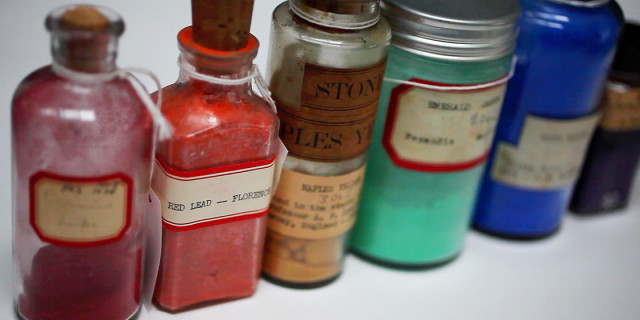
The science of art conservation was born over a century ago thanks to a man called Edward W. Forbes, the founder of the Center for Conservation and Technical Studies, later renamed the Straus Center for Conservation and Technical Studies. Art historian and true lover of colors himself spent his lifetime traveling around the world on a quest to collect the rarest and most beautiful pigments. What led to this colorful library is his desire and curiosity to learn how basic materials were used to create fine art.
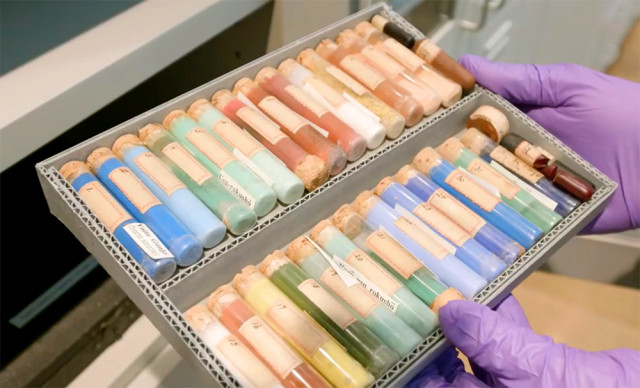
From his travel to Europe and the Far East, by 1920 Forbes had gathered containers of royal purples, vibrant yellows, and innumerable other colors. The Forbes pigment collection has been brought together over several decades, as art lovers and experts donated their own pigments to help this rare and valuable collection grow.
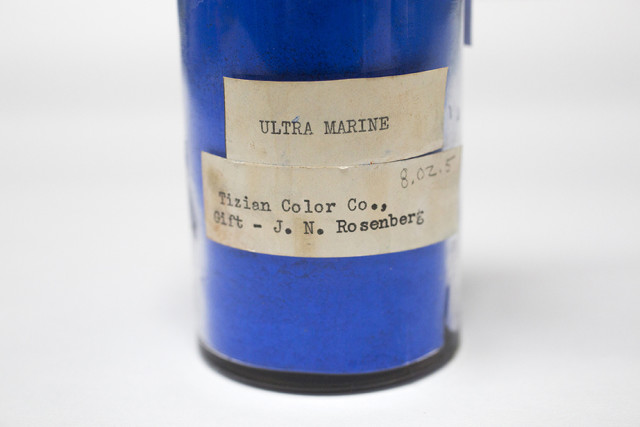
The rainbow wall filled with small jars keeps some of the world rarest pigments such as dragon’s blood ( no, it doesn’t come from a dragon), ultramarine, mauve, emerald green and plethora of other very rare and also mindbogglingly expensive pigments.
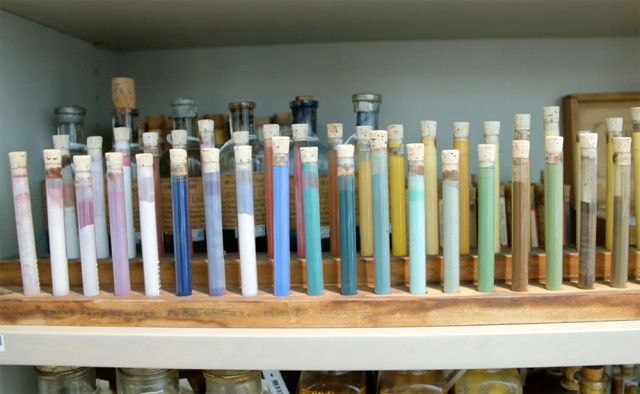
Harvard’s Senior Conservation Scientist Narayan Khandeka in an interview for Wbur explained “We often want to understand how an artist painted, what materials they used to create these wonderful things we look at. We want to understand what the pigments look like under the microscope, and to understand chemically the whole process, we want to understand how these things age.”
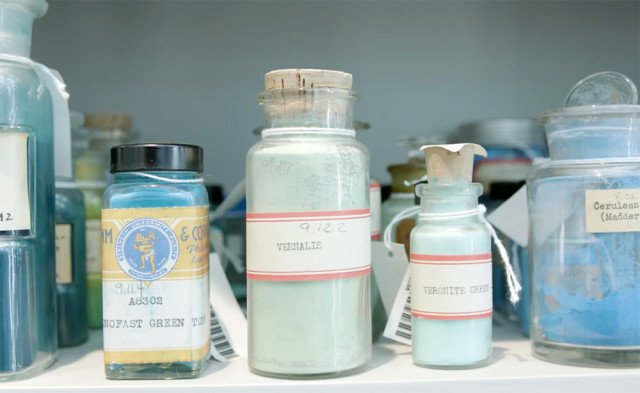
For years, these pigments have helped art experts to research and authenticate paintings of the past.
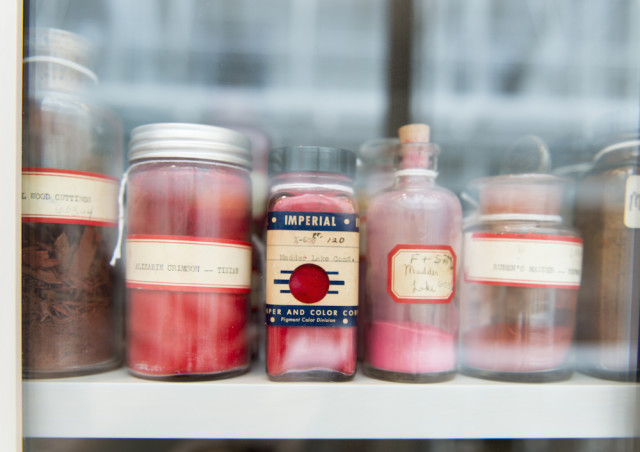
The team over at Great Big Story took a stroll to the museum and had a closer look at this amazing collection.

Video source:great big story
This compendium of little particles that create color is a real treasure trove for every art lover and color appreciator. .
